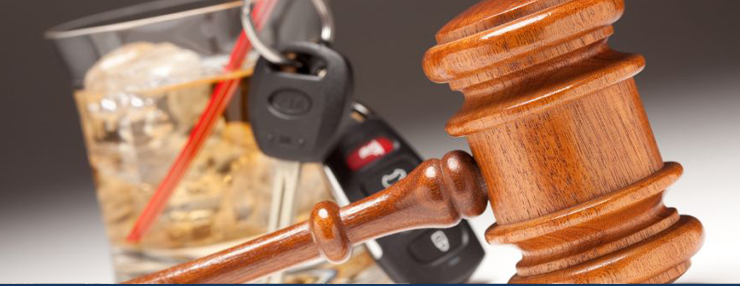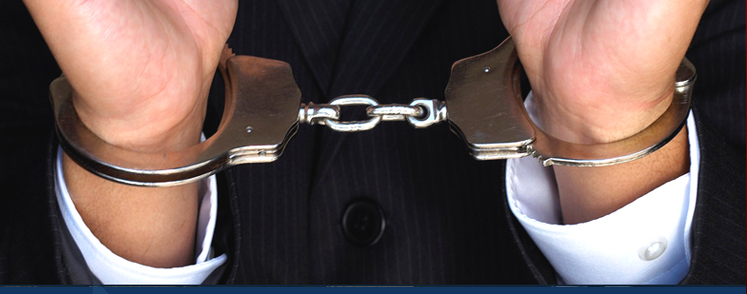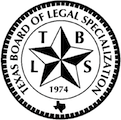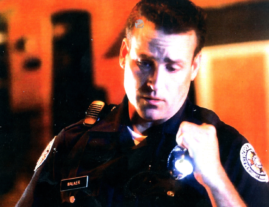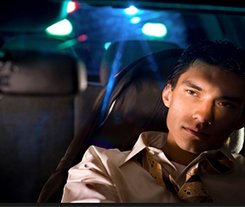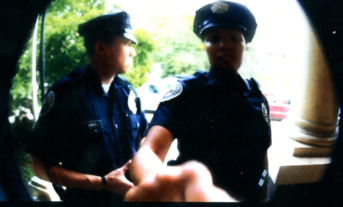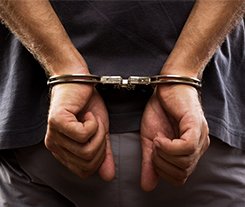If You’re Stopped In Your Car
- Stop the car in a safe place as quickly as possible. Turn off the car, turn on the internal light, open the window partway, and place your hands on the wheel.
- Upon request, show police your driver’s license, registration, and proof of insurance.
- If an officer or immigration agent asks to search your car, you can refuse. But if police believe your car contains evidence of a crime, they can search it without your consent.
- Both drivers and passengers have the right to remain silent. If you’re a passenger, you can also ask if you’re free to leave. If yes, silently leave.
- Keep your hands visible. Do not attempt to reach for your driver’s license or registration until requested.
Upon request, show the police your driver’s license, registration and proof of insurance.
Do not consent to a search of your vehicle or your person.
If you’re suspected of drunk driving (DUI/DWI), you will be asked to take a breath-alcohol and coordination test. If you fail the tests, or if you refuse to take them, you will be arrested, your driver’s license may be suspended and your car may be towed away.
If you are arrested, your car will be subject to a search.
If You Are Stopped in a Car
Keep your hands visible. Do not attempt to reach for your driver’s license or registration until requested.
Upon request, show the police your driver’s license, registration and proof of insurance.
Do not consent to a search of your vehicle or your person.
If you’re suspected of drunk driving (DUI/DWI), you will be asked to take a breath-alcohol and coordination test. If you fail the tests, or if you refuse to take them, you will be arrested, your driver’s license may be suspended and your car may be towed away.
If you are arrested, your car will be subject to a search.
20 Tips for interacting with Police Officers during a Traffic Stop
Move to top
Immediately pull over to the right. If possible, pull over in a well-lit area that is immediately available and free from other traffic.
Put your vehicle in park, roll down your window and turn off the ignition.
If it is nighttime, turn on the interior light.
Do NOT attempt to run or flee the scene
Remain seated and do not attempt to get out of the car
Do not make any sudden movements
Keep your hands where the police can see them. If you must reach for your ID or insurance, inform the officer before moving your hands.
Comply with the officers request for identification and proof of insurance
If you are lawfully carrying a weapon, disclose it to the officer.
IF an officer gives you a ticket, sign it. It is not an admission of guilt
Do not argue with the officer: Anything you say can be held against you
12. Do NOT ignore the officer
13. Answer any questions to the best of your ability
14. If the officer asks you to get out of the vehicle, immediately comply with the officers request
15. Do NOT touch the officers weapon
16. Do NOT resist arrest
17. Confirm with the officer that you are free to go before starting your car and pulling off.
18. If you are arrested, clearly and immediately ask for a lawyer. Repeat your request for a lawyer as many times as necessary
19. Do not discuss the incident with the officer or anyone else until you have spoken with a lawyer
20. If you feel the officer is exceeding his authority or otherwise mistreating you, remember the officers badge number, write down the details of the incident as soon as possible and make a complaint via local law enforcement non-emergency hotline.


